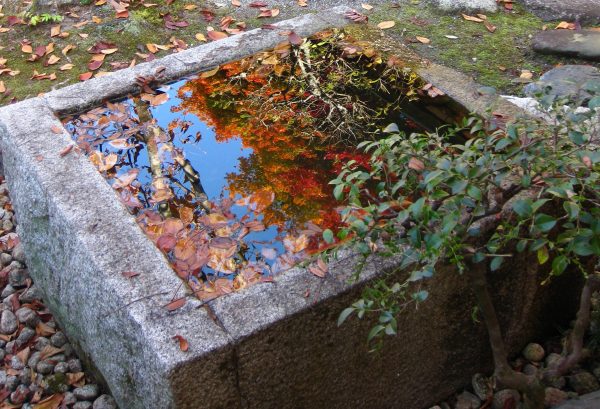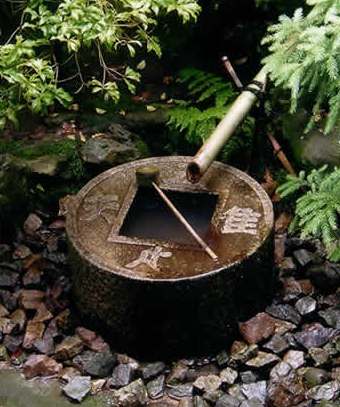When operating in a state of mindfulness the distinction between secular and spiritual aspects of life begin to blur. The mundane takes on magnificence and the heightened state of awareness becomes commonplace.
However, getting into that space isn’t something that happens simply because I decide to experience it. It doesn’t work like a flight I can board and take off on a 24/7 mindfulness journey. Happily, I’m not starting from ground zero. I have a well-established daily meditation practice and routinely make a consistent conscious effort to live with compassion, grace and a level mind no matter what life throws my way—good or bad.

Even so, what I am contemplating is a change to my usual habits. I multitask all the time. In the middle of one thing I am distracted by another as I pass from room to room. Not long after, the original purpose is light years out of mind and I begin to wonder whether I’m losing it.

From previous experiments with changing my life I know that I need to have a plan; therefore, before I begin I set myself up for success. All the research shows that in order to change ingrained habits people do better if they take the following steps:
- Create a plan with a clear set of objectives which can be measured
- Start with small, incremental changes—too much too fast flops
- Track progress with a spreadsheet, chart or journal to record successes & pitfalls
- Reward compliance and completion
- Create breaks and allow time off from the regimen
- Stick to the program for 21 days or more
- Evaluate and adjust the plan during the process as needed to maximize success
With that in mind, in order to create a mindfulness practice by taking a monastic approach, I also wish to savor the emptiness without feeling like an existential exercise in futility. Therefore, before I start anything, I spend time researching various monastic approaches. I consider the daily rituals, habits and the schedules of various orders. What emerges is a number of categories which are already very much a part of my normal existence. Nice. That helps.

Monastic centers normally include two mainstay practices undertaken daily:
- Meditation (or prayer, song and chant).
- Meals, their preparation, consumption and clean up.
These cornerstones vary in number from one order to another and may or not be conducted in silence or together with spiritual readings or instruction. In addition, throughout the week other practices which are part of the way I live are part of a monastic schedule:
- Work which includes but is not limited to routine domestic chores, building maintenance, gardening, animal husbandry, management of construction or other projects, and all forms of communication necessary to support such work.
- Art which includes but is not not limited to writing, painting, calligraphy, music, preparation of seasonal pageants and festivals, all of which also fit the Work category, but are work of a more creative order.
- Study whether practical or academic as an individual and/or as a community.
- Body care such as fasting, exercise and various other aspects of self-care.
- Service in all its aspects and numerous ways to help others, even begging for alms so that people might be given the opportunity to be generous.
- Spiritual instruction by ordained or lay personnel or as individuals in various formats such as reading or listening to great thinkers, reflection and journalling.
- Break periods of unscheduled free time.

One of the things I resist doing (but may need to change—or not, I’ll see) is setting a fixed schedule typical of monastic life. I spent 34 years of my working life answering to bells. Before that, I endured 16 years of the same while being educated. I don’t really wish to embrace that again.
No. No. No. When I retired I tossed all that for something more fluid. How that might work for me or against me during this regimen remains to be seen. Of course, it’s also vital not to beat myself up about missteps along the way. I will not follow the methods used by one of my piano teachers who hit me with a ruler during sight-reading exercises each time I made a mistake. SMACK!
No. No. No. I’ll not be taking that approach. No self-reproach and negative self-talk either. When I slip I’ll do the sensible thing: reflect, readjust and repeat. It’s called a mindfulness practice not a mindfulness perfection.
Gradually I map out the specifics and—like a reluctant swimmer who’s not quite sure whether a dip is a good idea—I put in a toe, shiver a bit between steps, and with a deep breath, plunge in. I’ll let you know how that goes.

I learn only to be contented.
